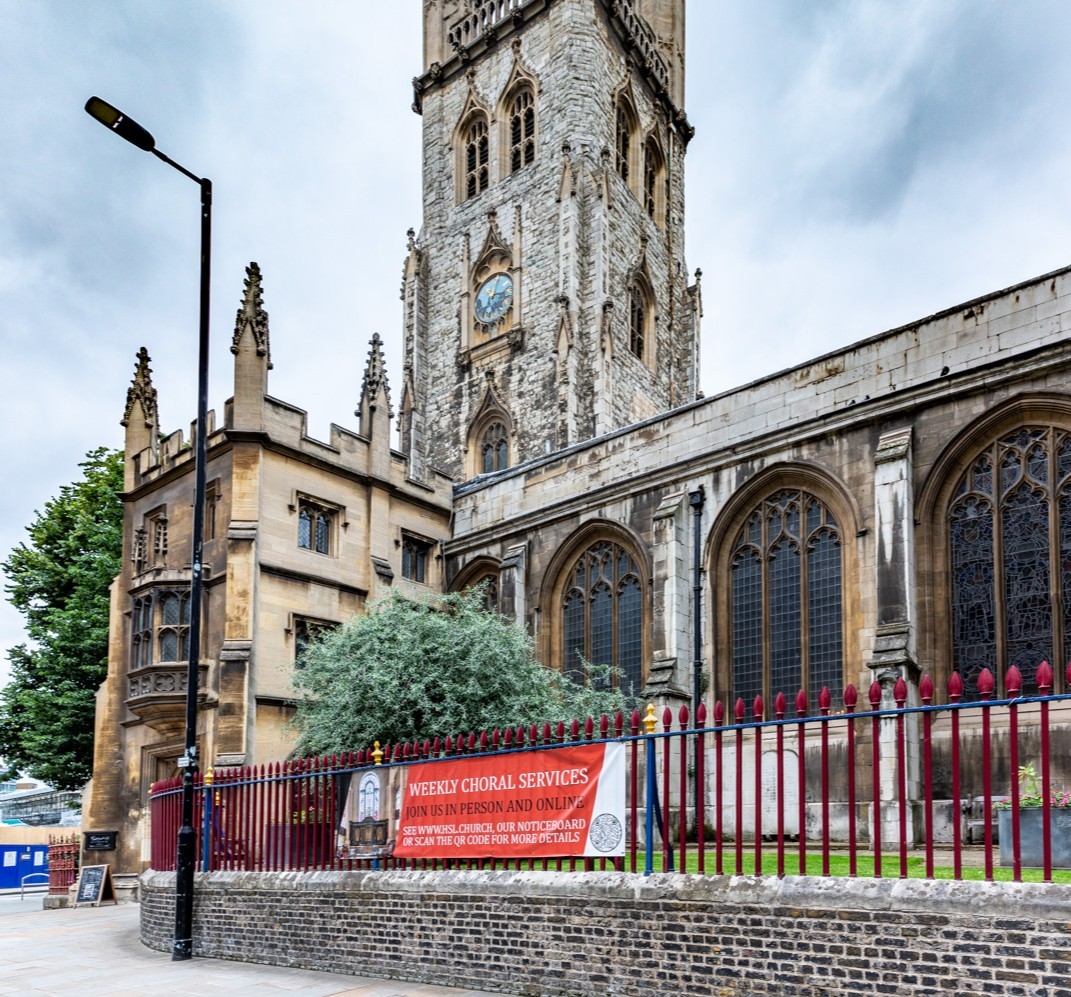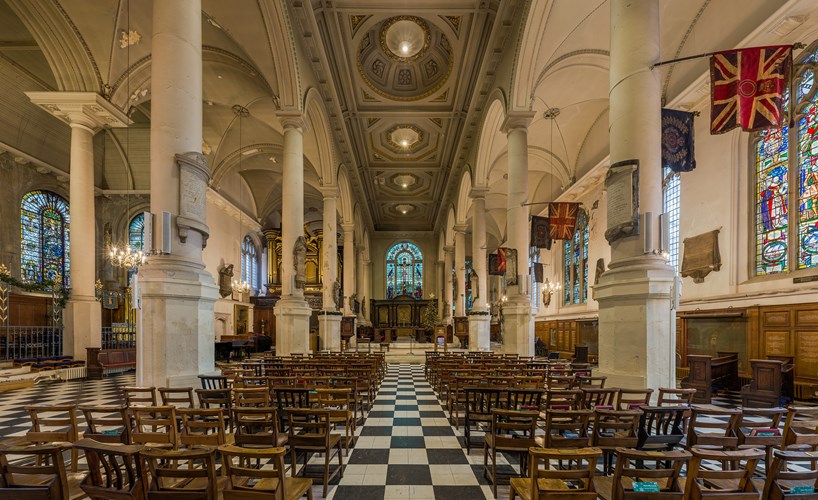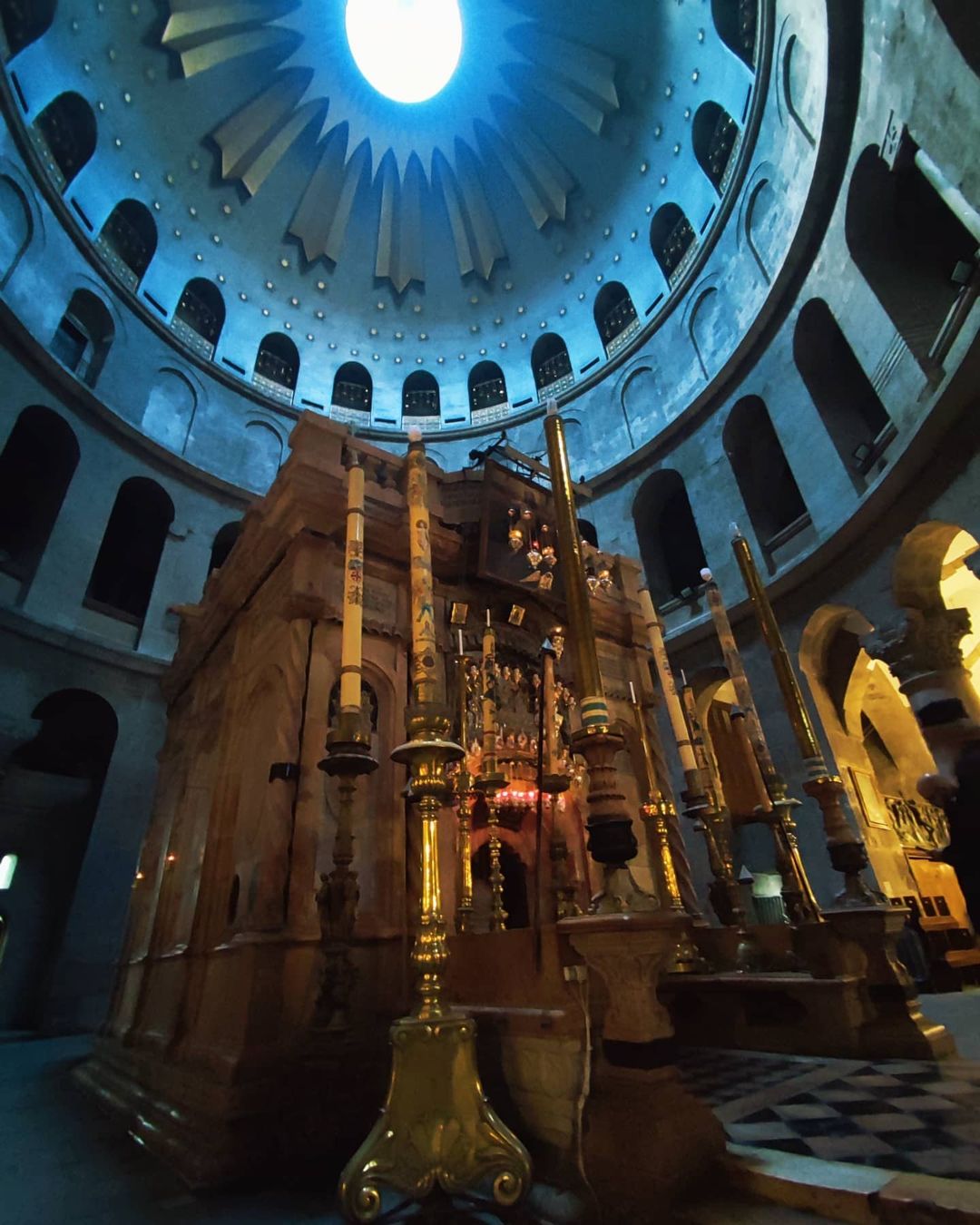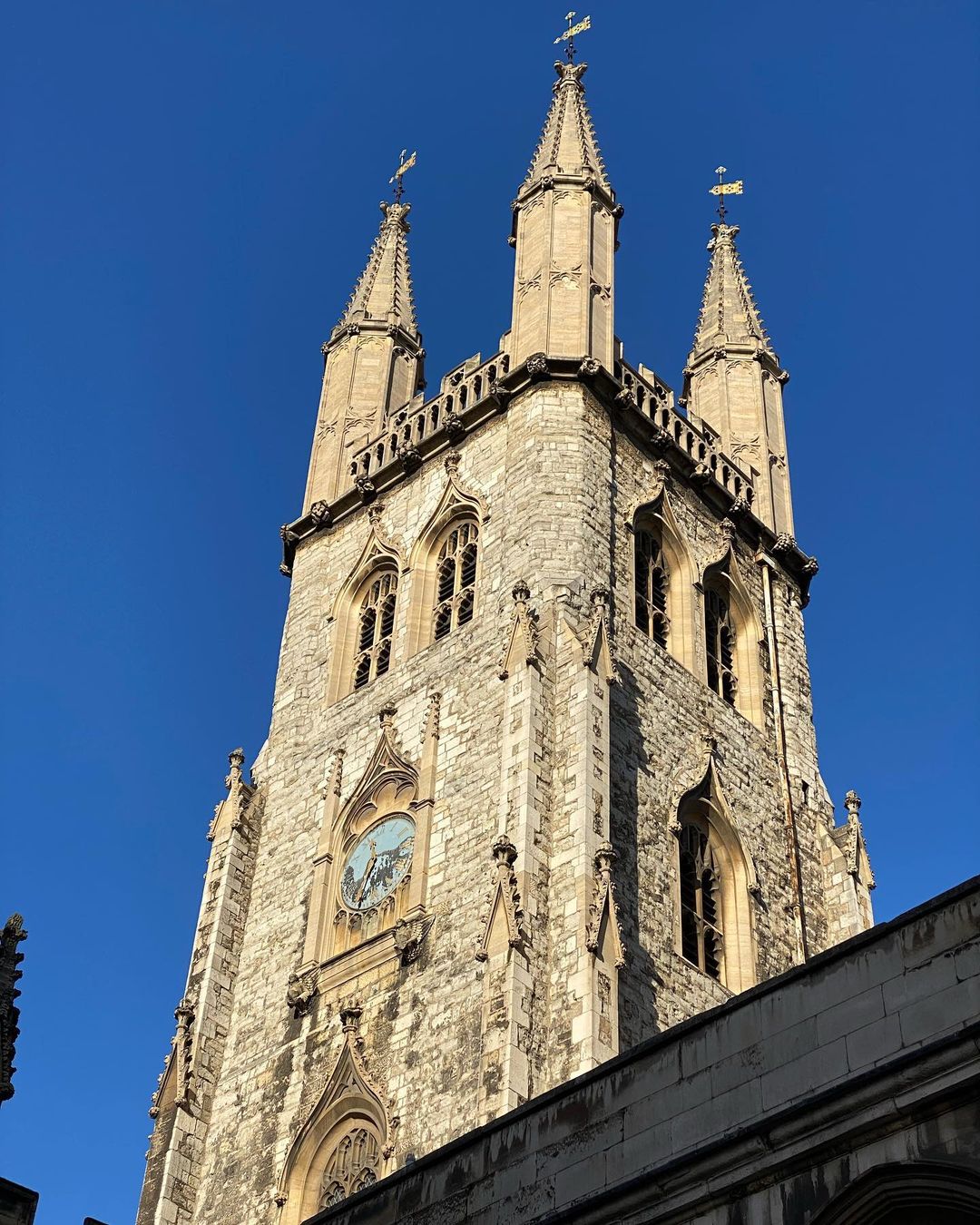Intriguing Name You Got There – London’s St. Sepulchre-without-Newgate
There’s this church in London, which has been around since the 11th century. Its name is quite interesting and intriguing at the same time. Why? Because it’s a combination of a holy figure and a historical structure.
Author:James PierceReviewer:Iram MartinsFeb 01, 20221.1K Shares292.6K Views

English poet John Donne (1572-1631) was once quoted regarding church bells, which could be applied to the bells of St. Sepulchre-without-Newgate (and later inspired the title of a classic English novel).
Part of what Donne said: “… never send to know for whom the bell tolls; It tolls for thee.” Centuries passed and “For Whom the Bell Tolls” (1940) by American novelist Ernest Hemingway (1899-1961) was published in 1940.
The use of a bell at a funeral is commonplace, but this quote is particularly appropriate for St. Sepulchre-without-Newgate for different reasons. One is its historical connection to Newgate Prison. Another is its inclusion in the traditional English nursery rhyme "Oranges and Lemons." Third, and most importantly, for its traditional function as a church.
Learn more about the St. Sepulchre-without-Newgate, an Anglican Church also referred to as the Holy Sepulchre Church.
Where Is St. Sepulchre?
St. Sepulchre-without-Newgate in London is a parish church and the largest one of its kind in the city.
It’s located somewhere near London’s road bridge called Holborn Viaduct.
It has a long and illustrious history extending all the way back to 1137. This history contains a reference to John Smith (Pocahontas is credited for saving him from execution).
Today St. Sepulchre's is best recognized as the National Musician's Church, as it has a thriving musical legacy that dates back hundreds of years.
The present St. Sepulchre-without-Newgate was constructed in a place where a Saxon church once stood.
Formerly known as “St. Edmund,” its name became “St. Edmund and Holy Sepulchre” in the 12th Century. It was changed when the church came under control of Augustinian Canons – also known as Knights of the Holy Sepulchre – during the reign of Pope Urban II.
Decades passed and the church was simply called “St. Sepulchre.” Due to its proximity to the New Gate of the Roman Wall that surrounded the city of London, the words “without-Newgate” were added to its official name to distinguish it from other buildings. It’s “without-gate” because the New Gate of the Roman Wallwas already demolished.
The church was mentioned in historical records from 1137. In 1450, it underwent major renovation. In 1666, during the Great Fire of London, St. Sepulchre-without-Newgate was greatly damaged. So, in the 1670s, it again underwent another restoration.
In the 1700s and 1800s, the renovations continued, and in the mid-1800s, a lot of renovations were made on the interior of the church.
What Is The Meaning Of Holy Sepulchre?
This article earlier mentioned that the St. Sepulchre-without-Newgate is also called by its London parishioners – and everybody else in general – as the Holy Sepulchre Church. The church likewise calls itself the Holy Sepulchre London.
After Jesus Christwas crucified – known as the Crucifixion – He was placed inside a tomb during His burial. This tomb has since been referred to as the Holy Sepulchre.
This Holy Sepulchre is found in the Old City of Jerusalem inside the Church of the Holy Sepulchre.
Conclusion
It was fortunate that St. Sepulchre-without-Newgate was one of those structures that wasn’t destroyed during the series of German bombings in the U.K. during World War II known as The Blitz.
At present, regular lunchtime recitals and evening concerts are held at the church on a regular basis.
London’s St. Sepulchre-without-Newgate is a destination both from a spiritual viewpoint and from a tourism aspect.

James Pierce
Author

Iram Martins
Reviewer
Latest Articles
Popular Articles


